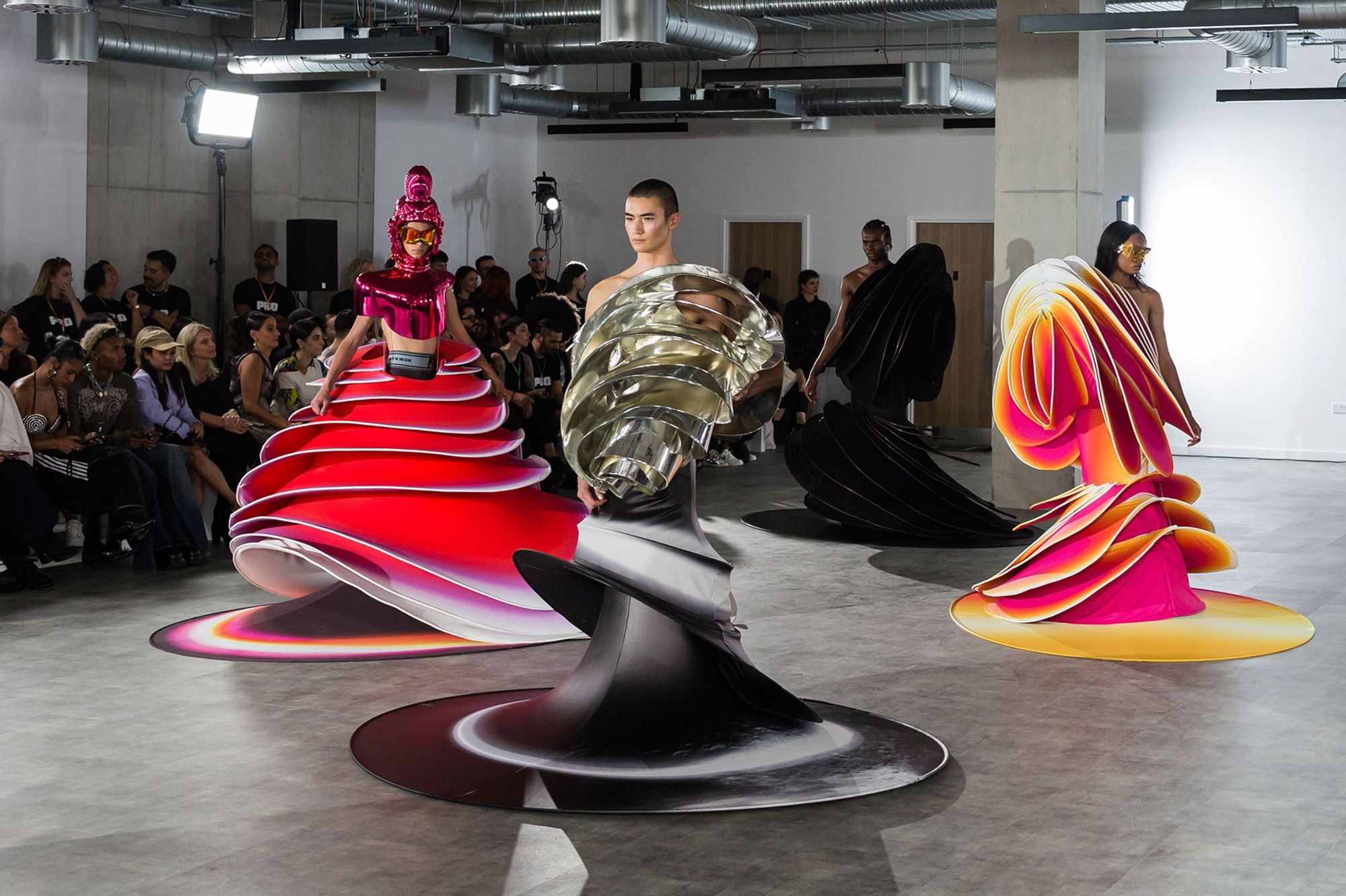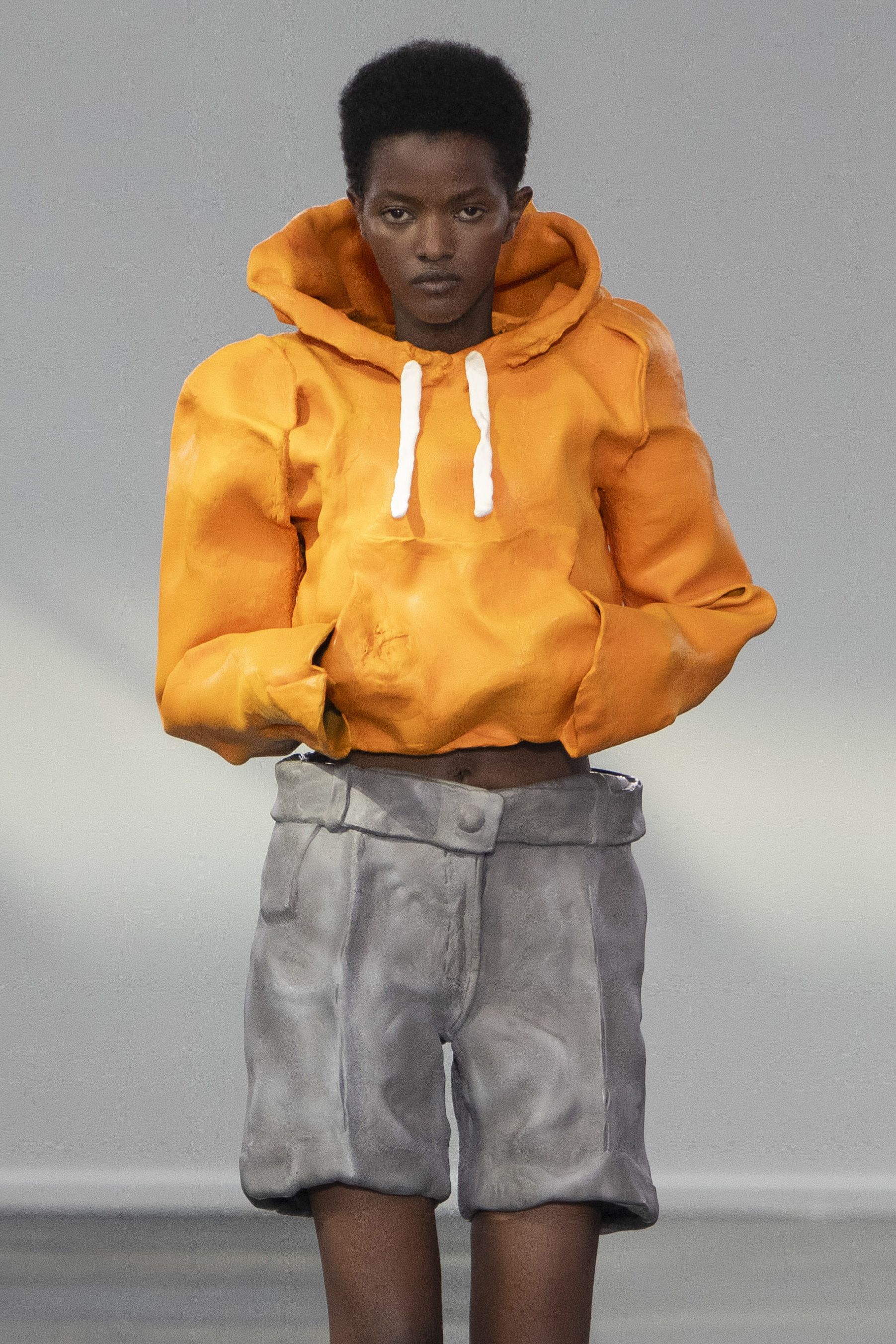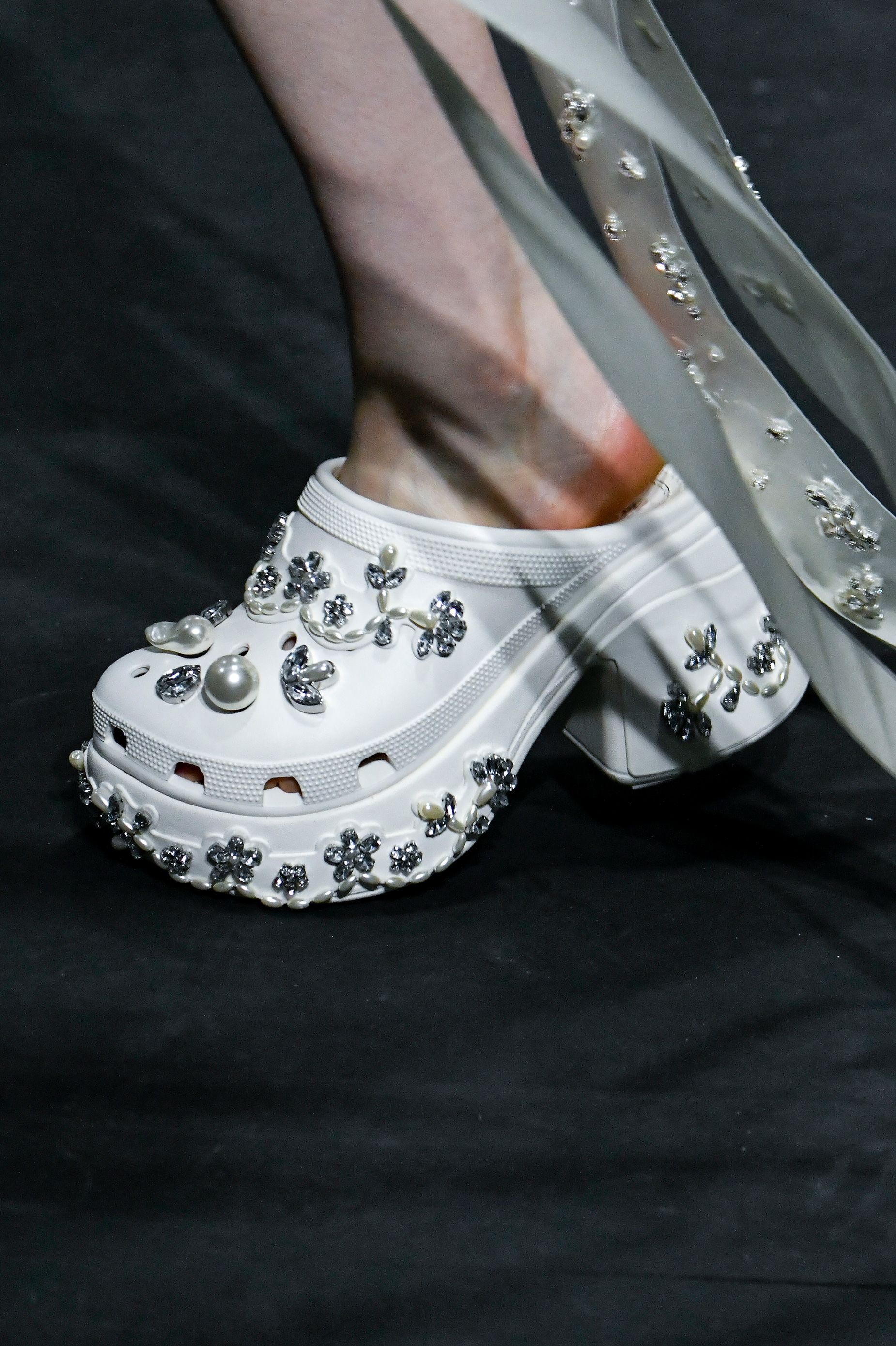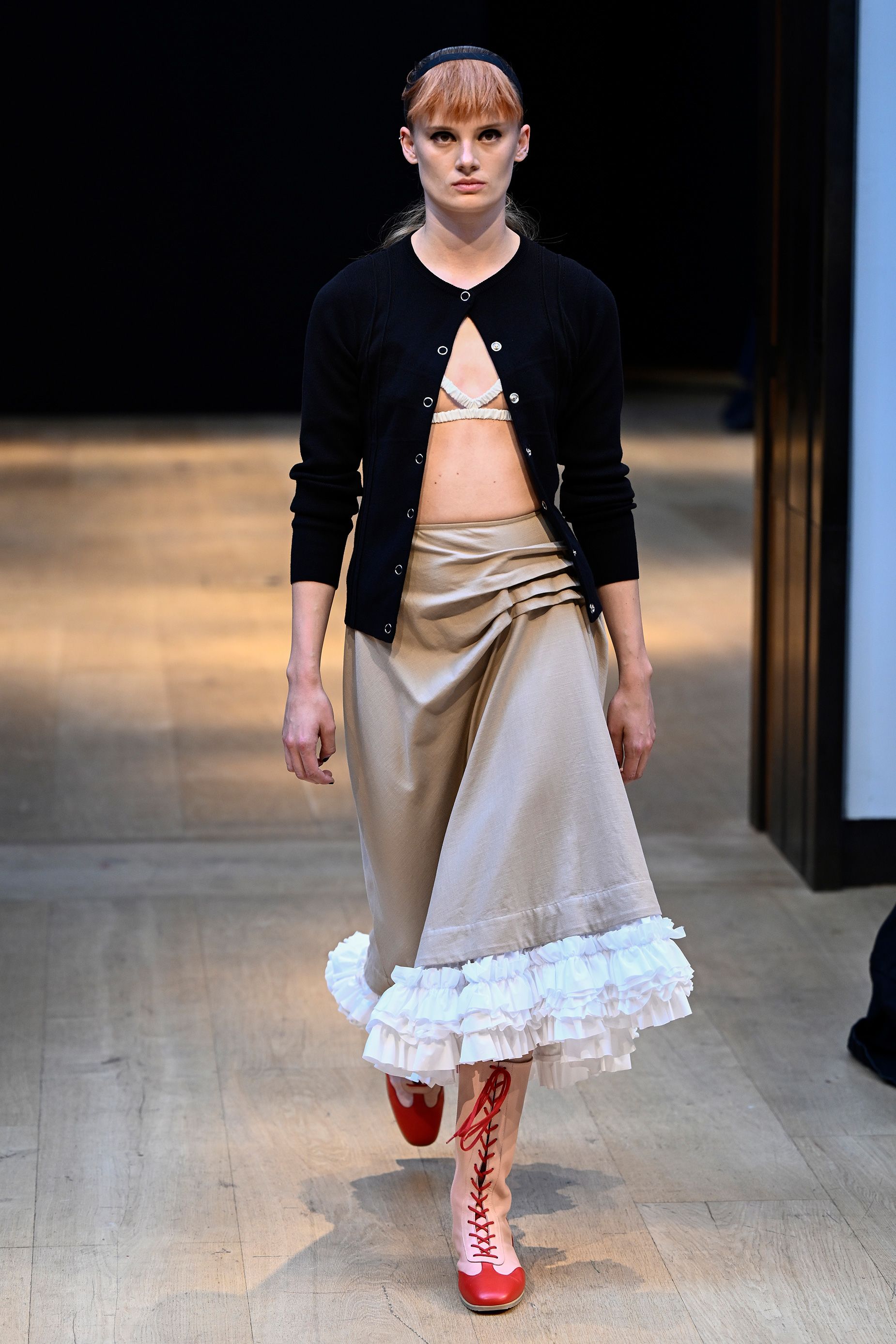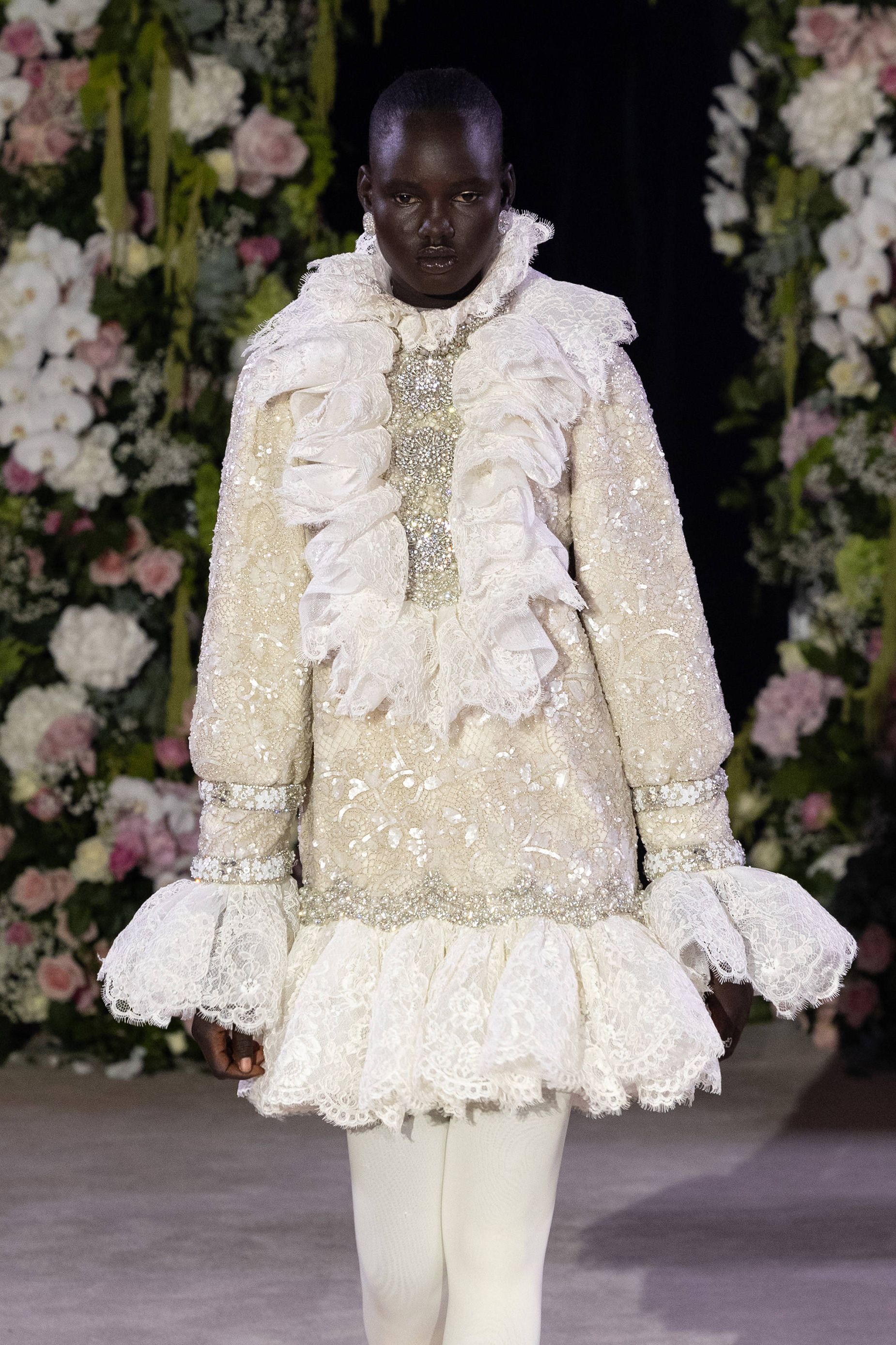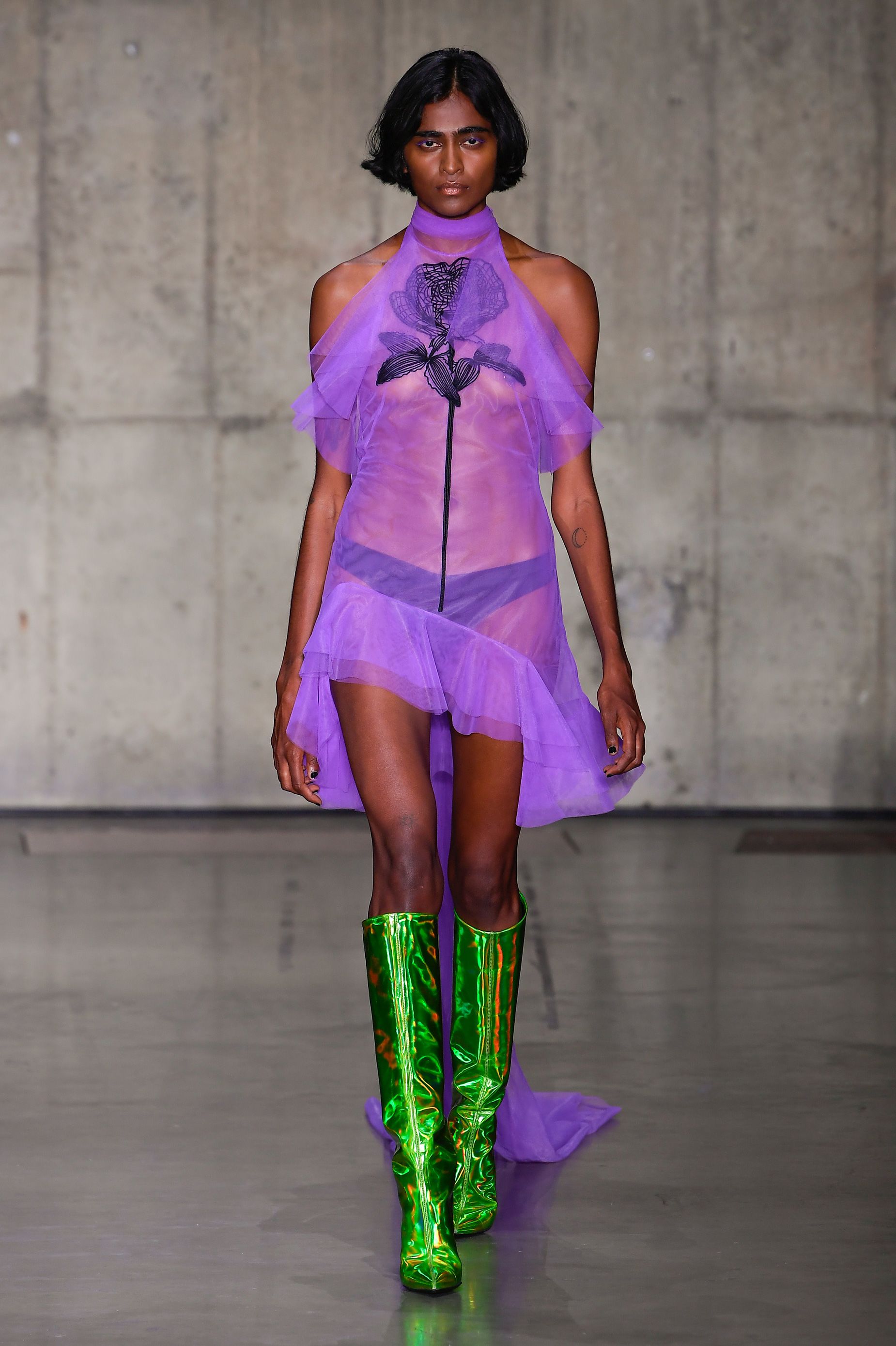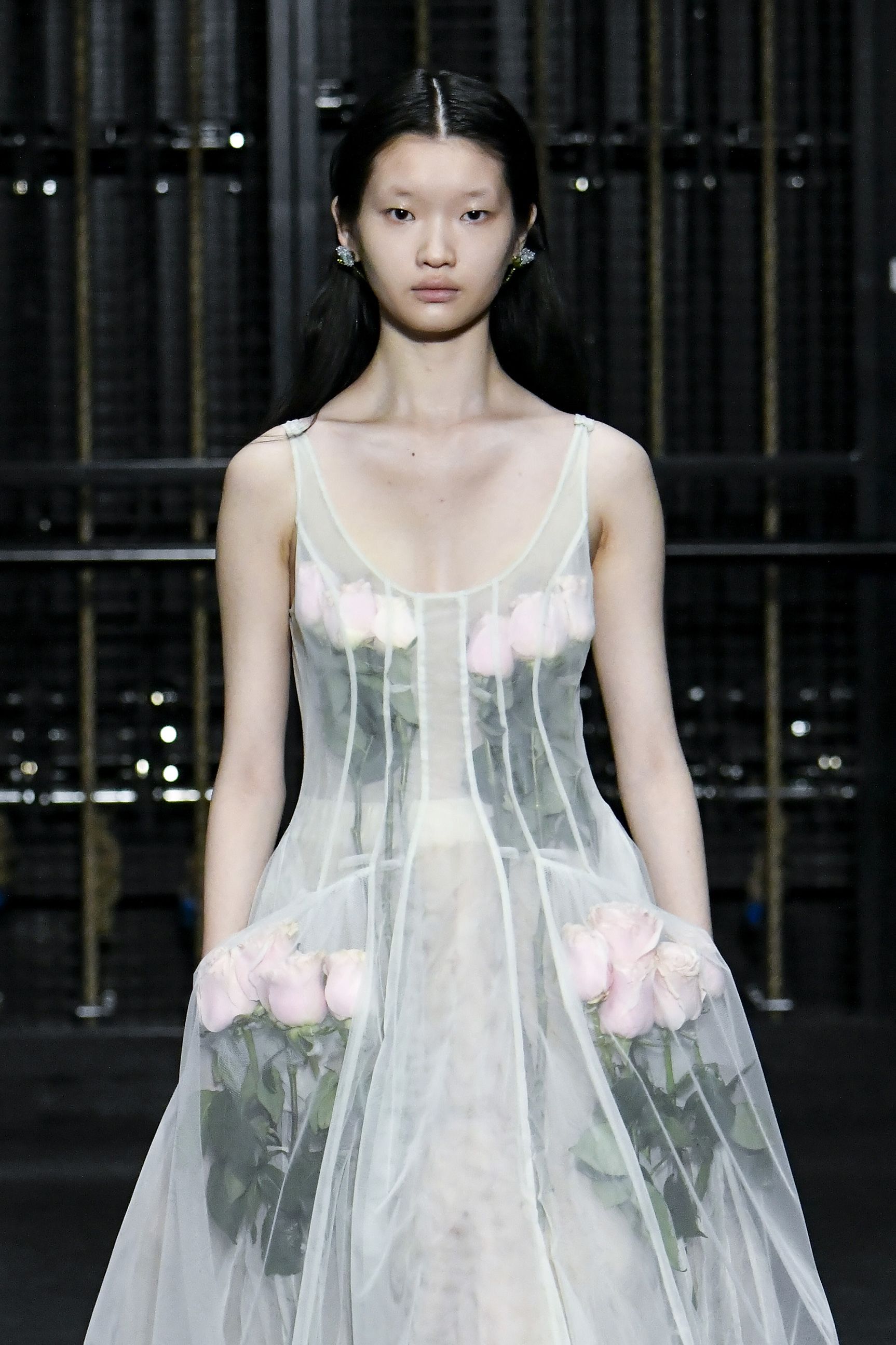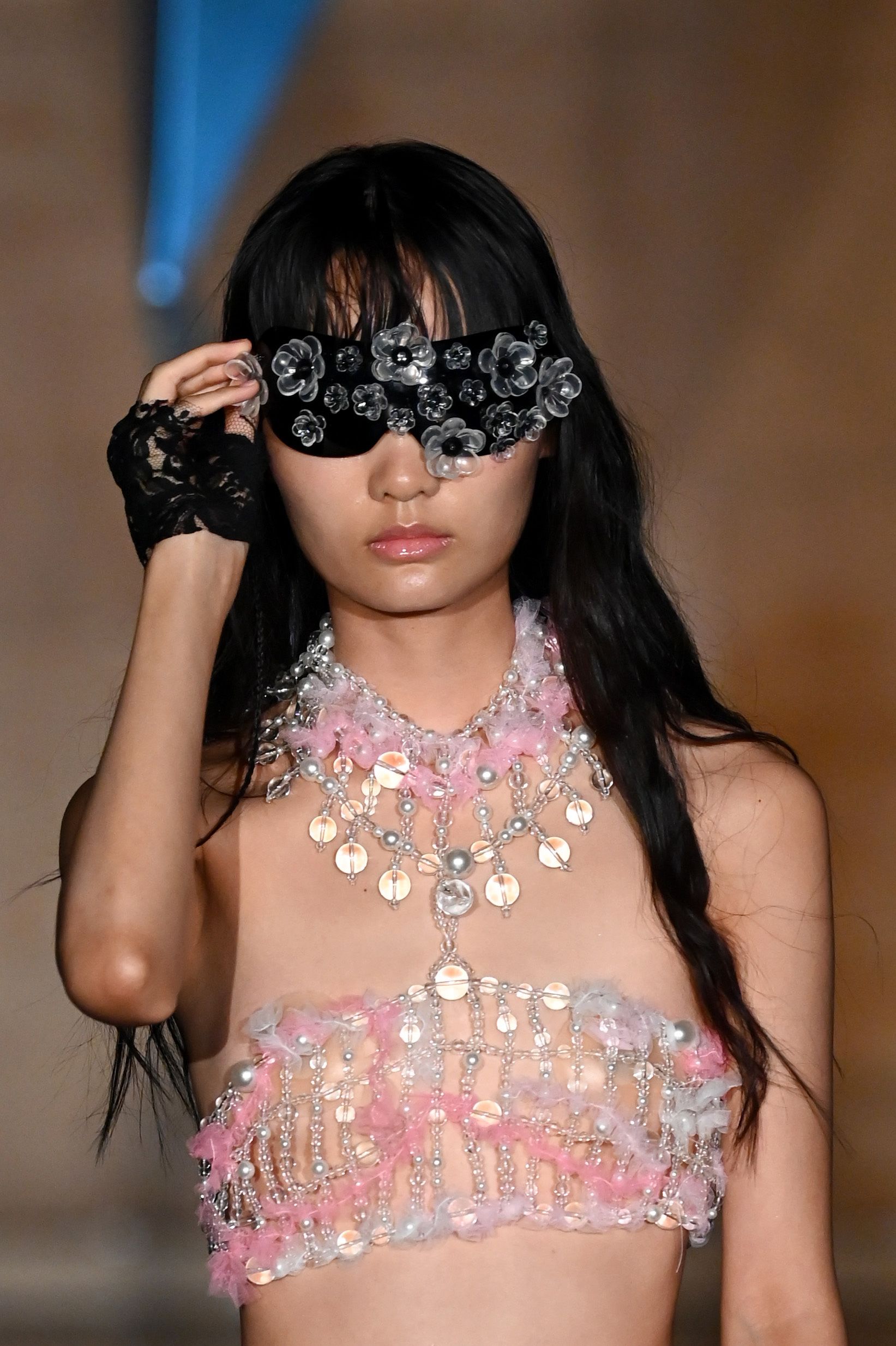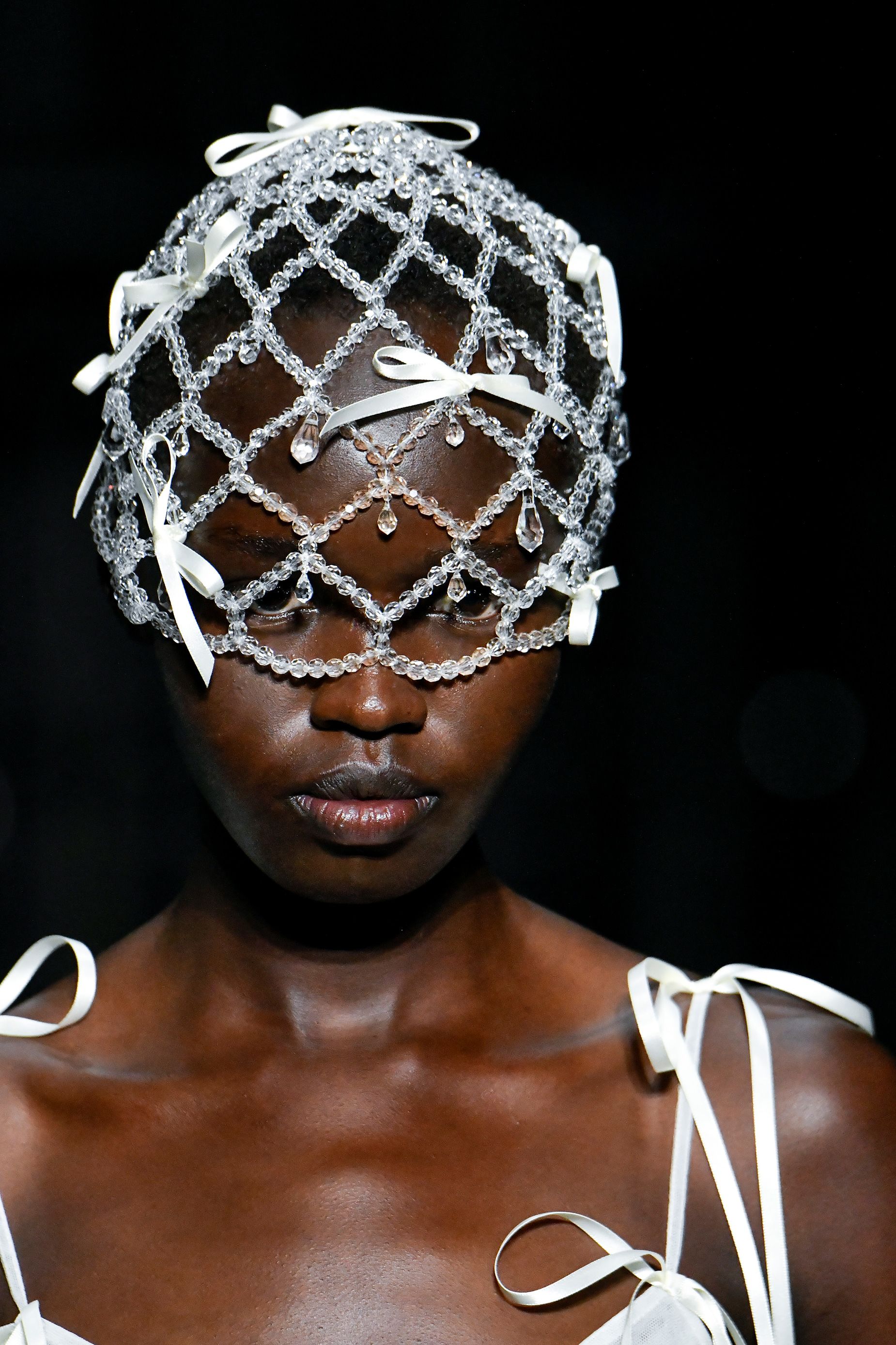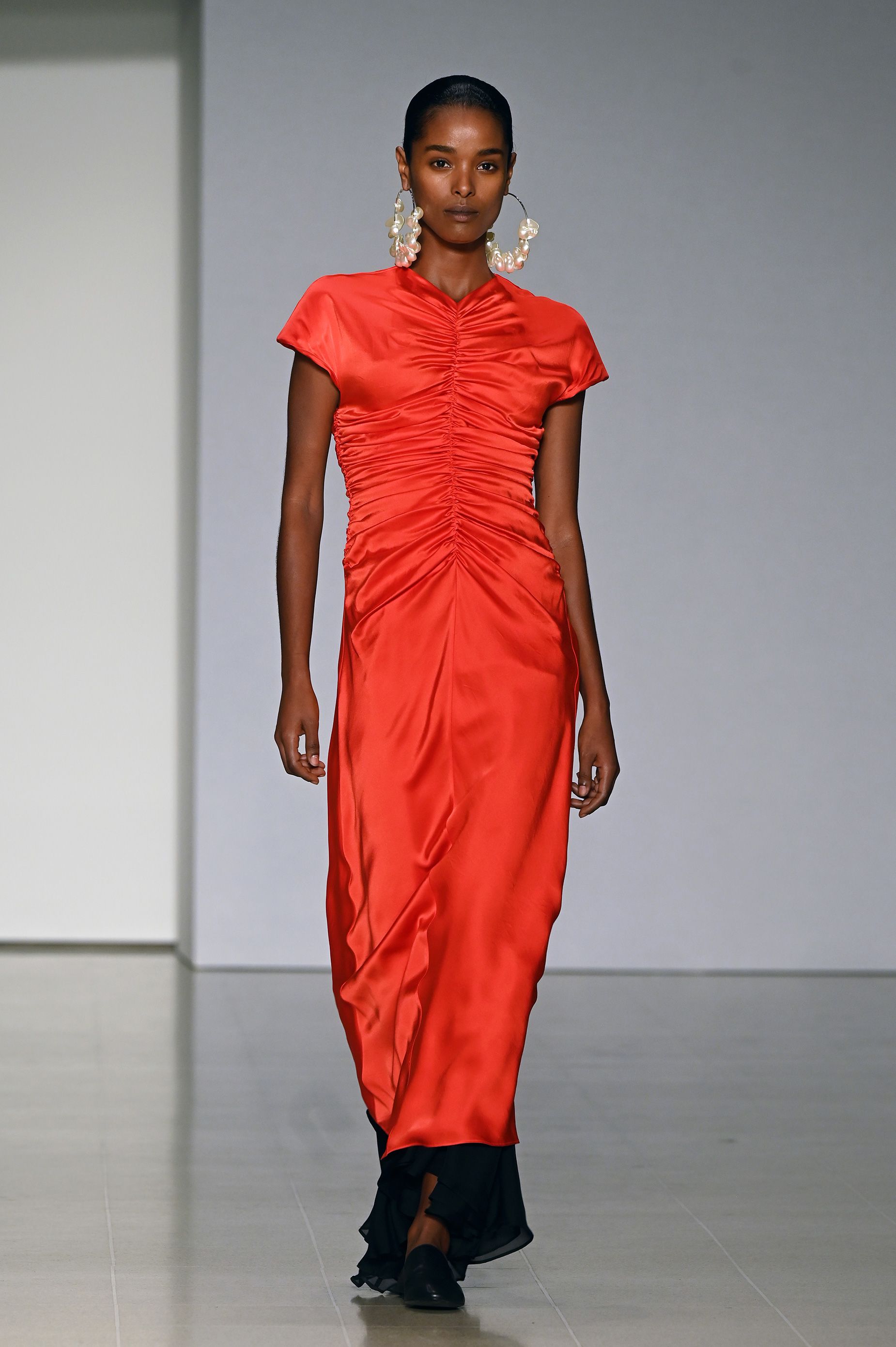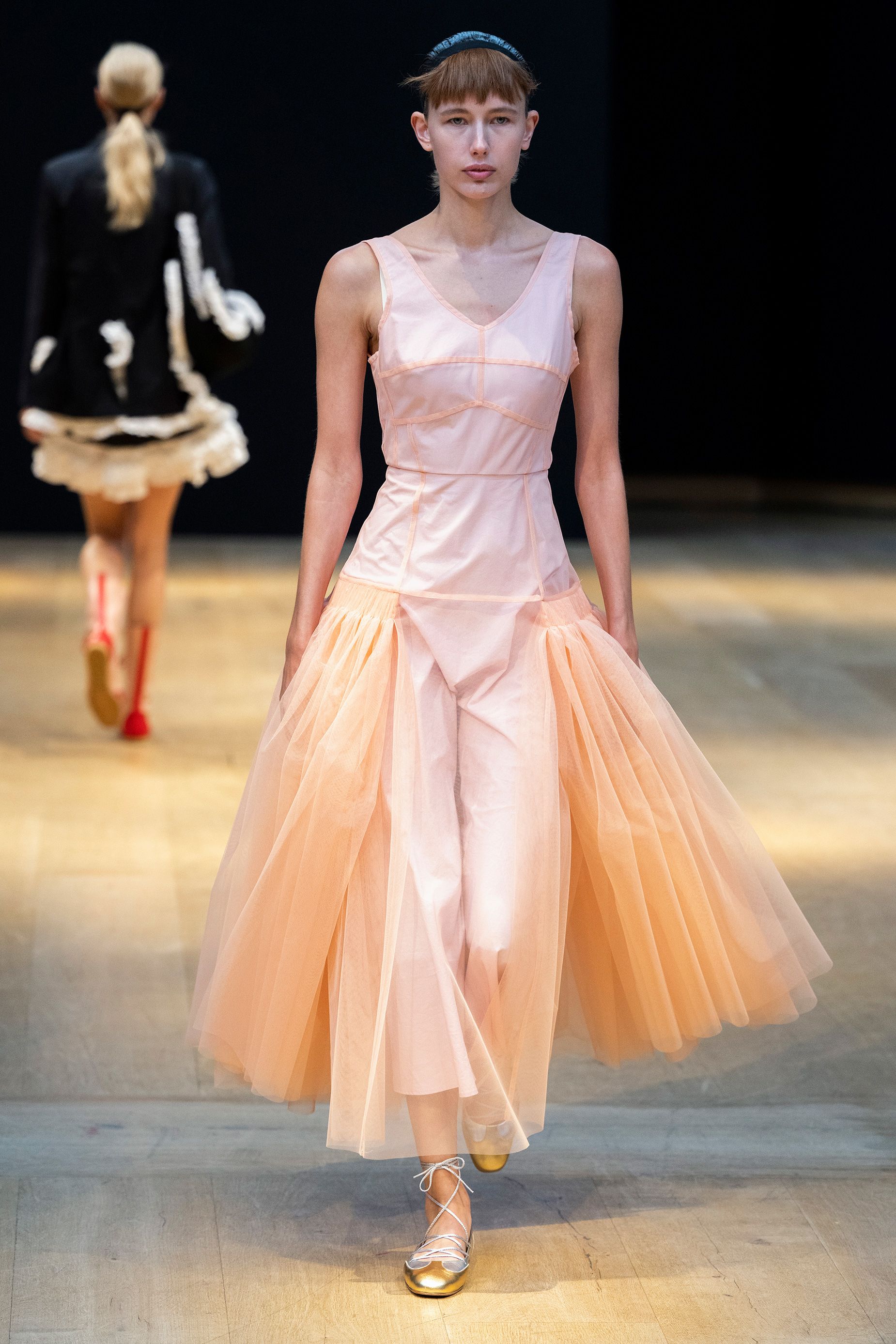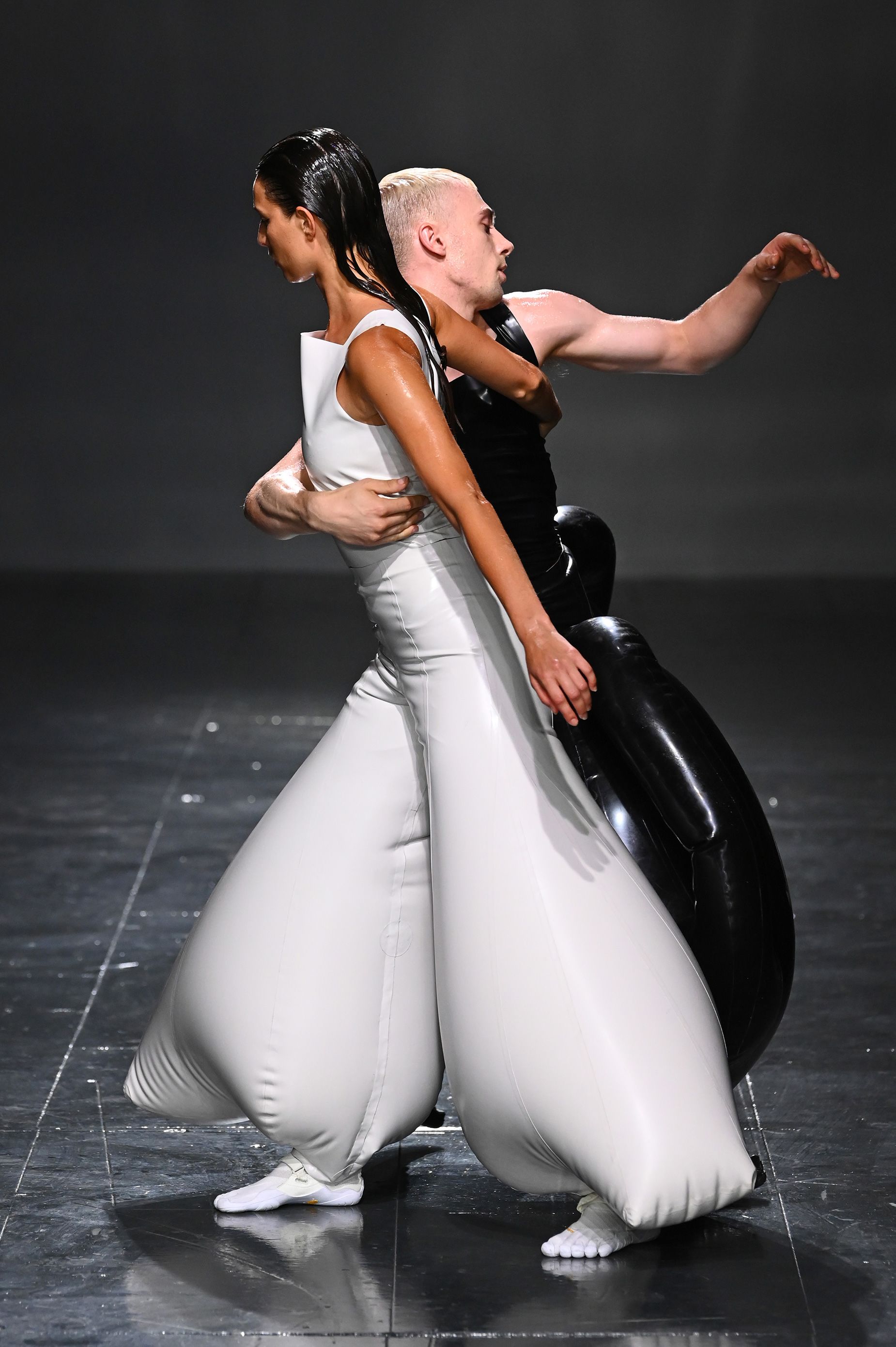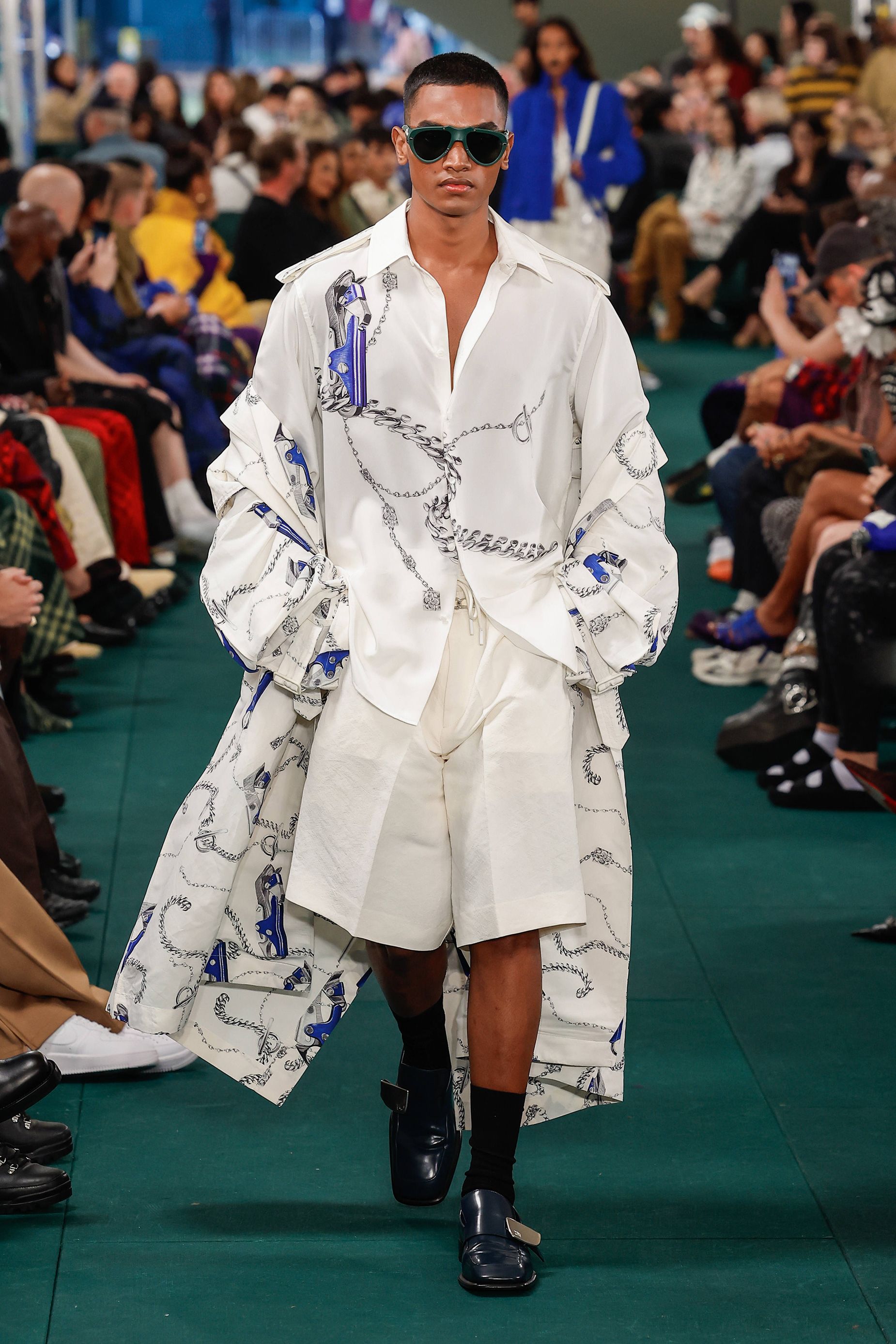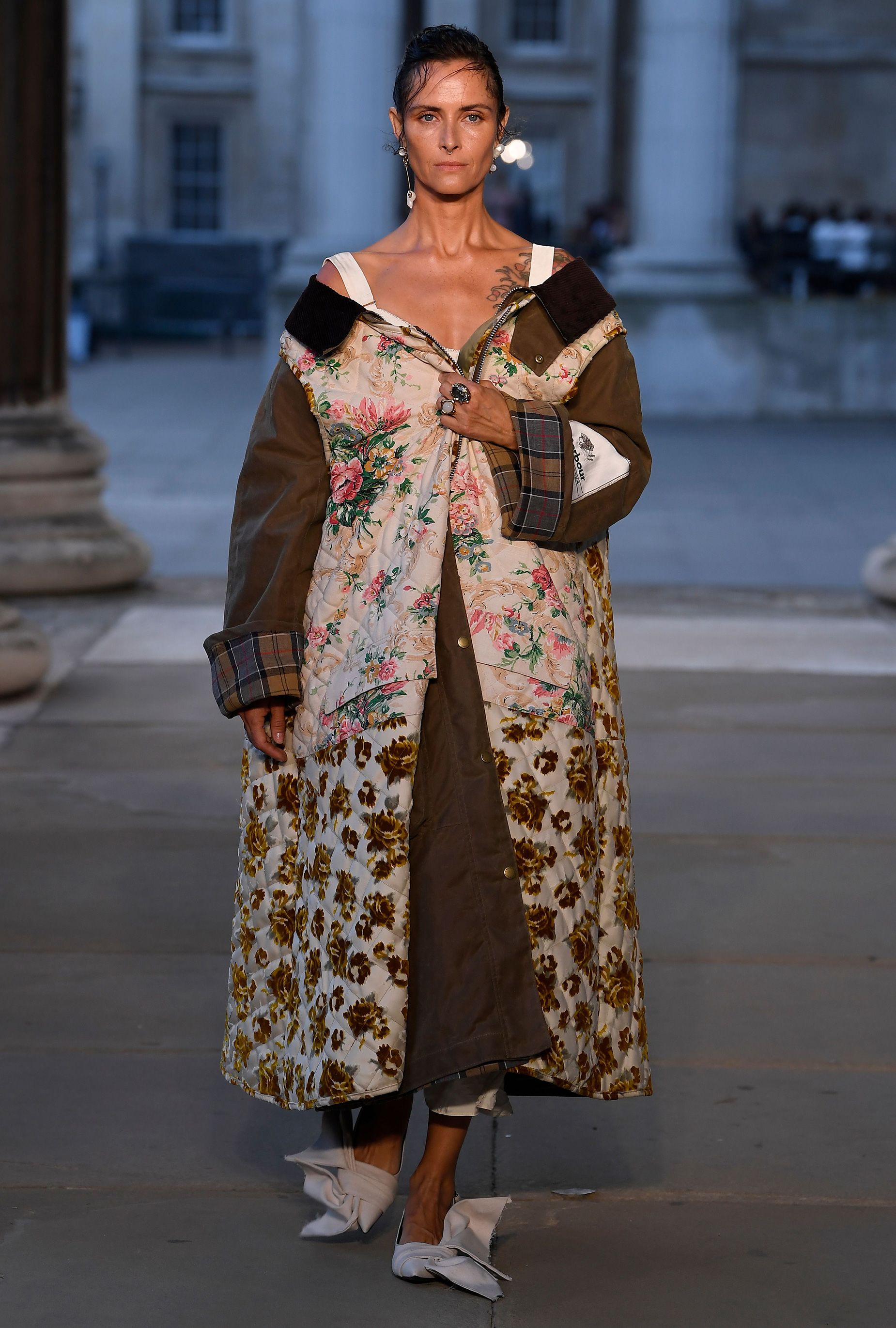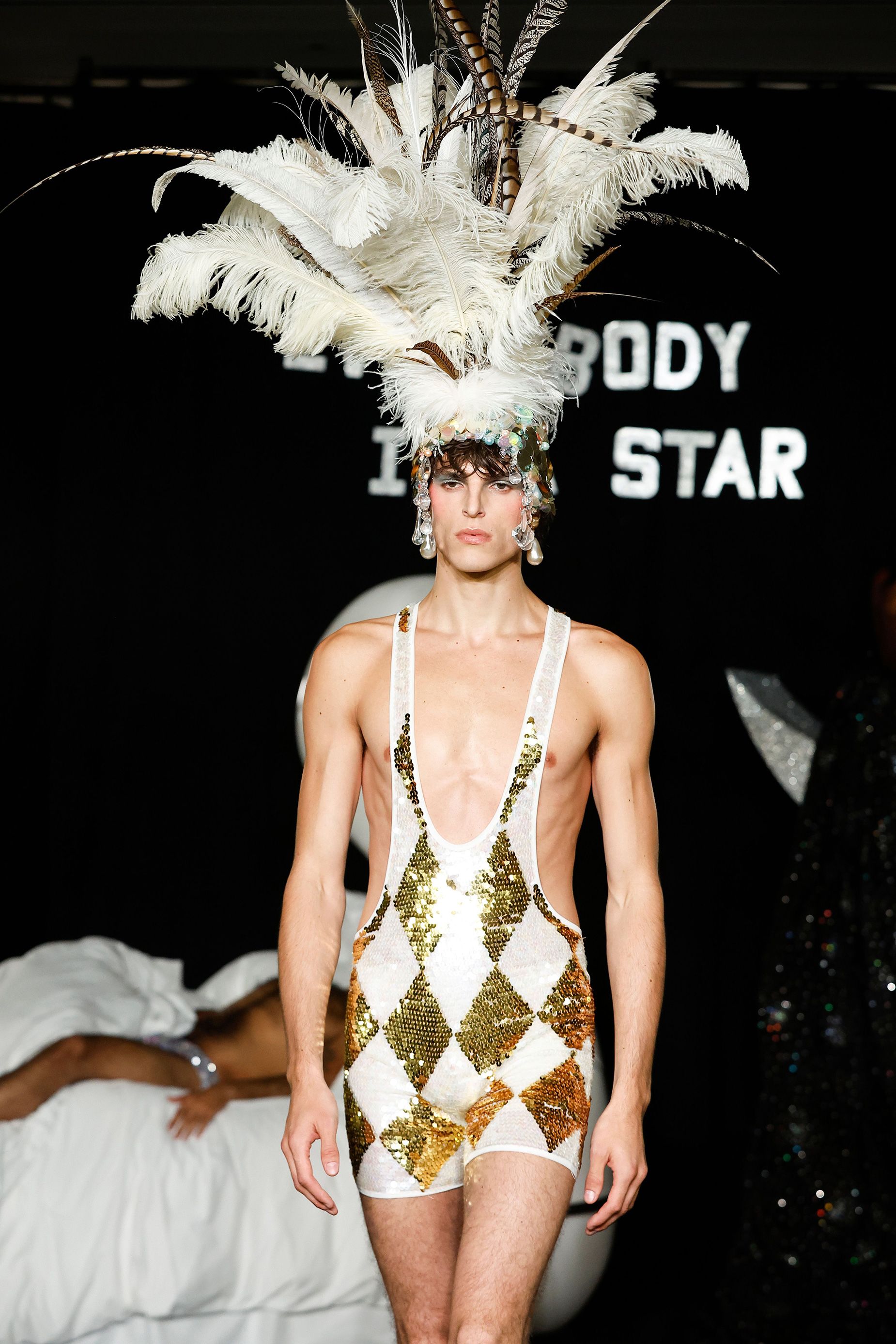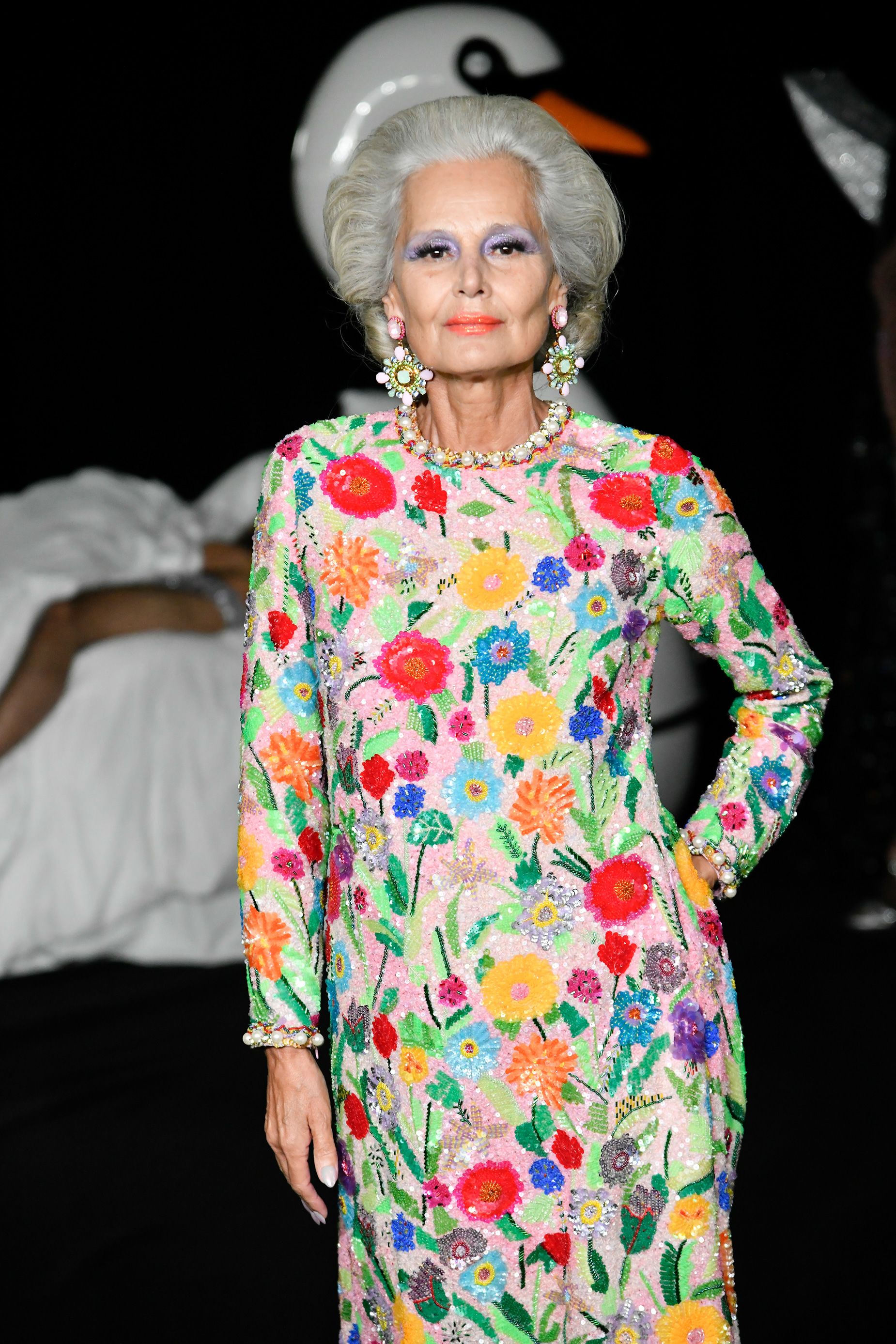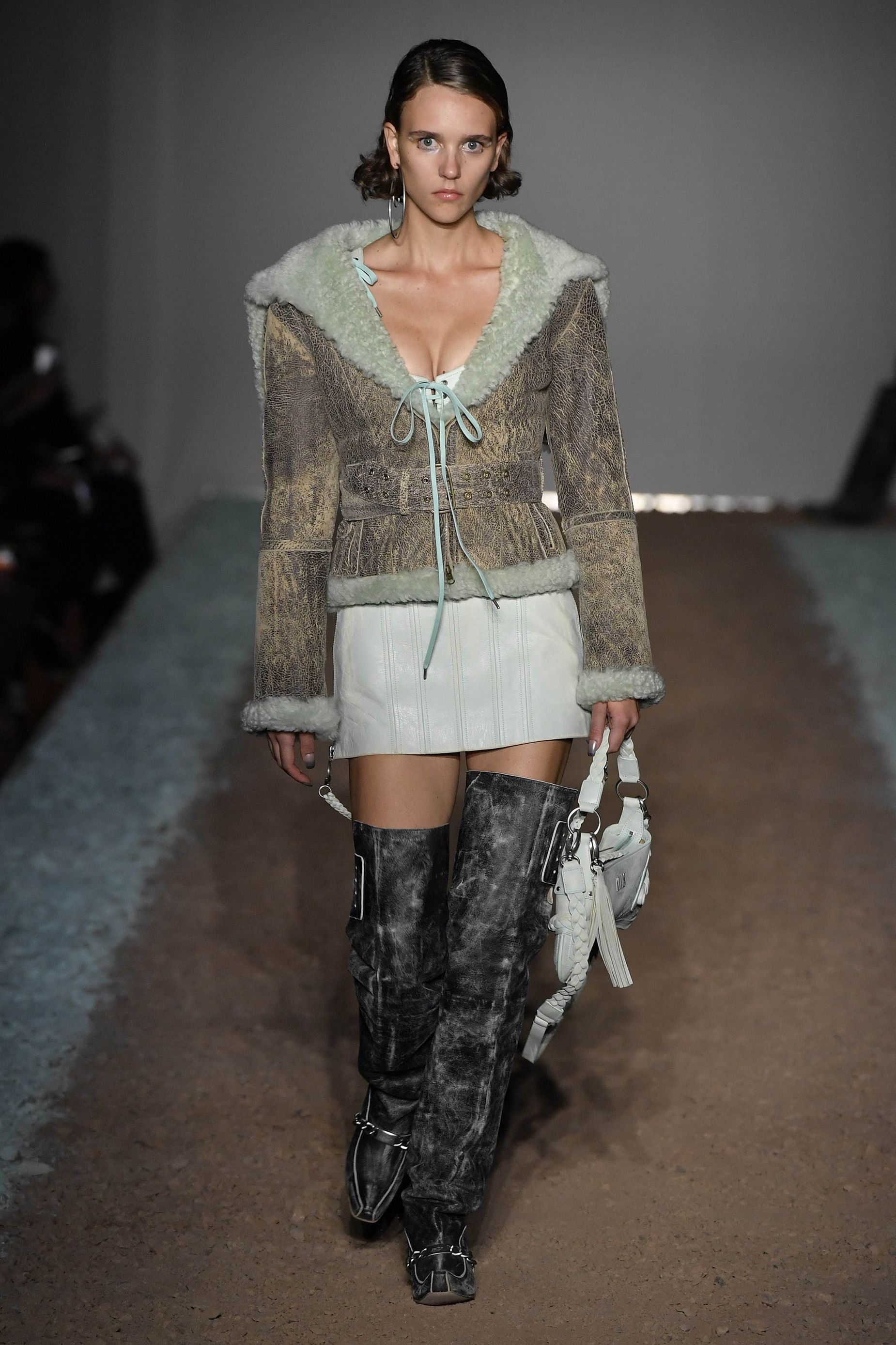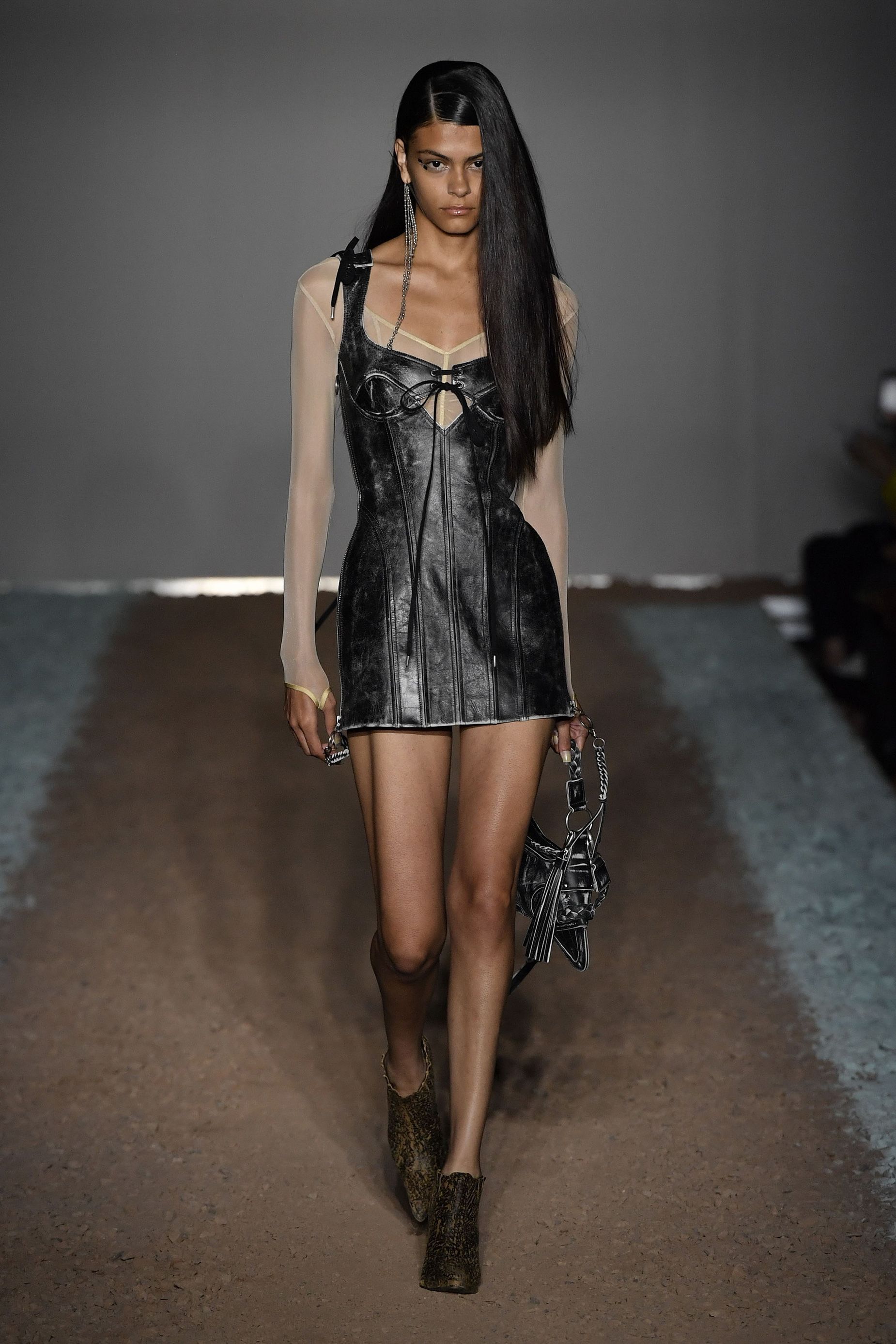London Fashion Week kicked off on Friday in the glow of a sweltering UK heatwave, and concluded on Tuesday after biblical showers and thunderstorms. The energy across the style set throughout the five day schedule was equally split, as anticipation for blockbuster shows from Burberry, JW Anderson, Erdem and Simone Rocha contended with the tangible absence of buzzy brands such as Dilara Findikoglu, Halpern, Nensi Dojaka and S.S. Daley — designers who decided to cancel their shows just weeks ahead of the event.
Festivities began this season with what could become a new tradition: Britain’s answer to the Met Gala, organized by Anna Wintour in aid of London’s performing arts centers. Vogue World’s glitzy maroon carpet gave the schedule an injection of star power, with guests ranging from Sienna Miller (who debuted her baby bump in Schiaparelli couture) and Jodie Turner-Smith, to Princess Eugenie and Kate Winslet.
More famous faces piled into the London fashion scene over the course of the week. Cole Sprouse, Suki Waterhouse, Charli XCX, Ncuti Gatwa and Alexa Chung were spotted at the Roundhouse in North London for JW Anderson’s catwalk on Saturday; while gold medal Olympian Mo Farah, “Gorillaz” frontman Damon Albarn, Rachel Weiss, Jodie Comer and Kylie Minogue were part of the posse that took over Highbury Fields in east London for the Burberry show.

However, some controversial collections and marketing choices brought London Fashion Week outside of the industry bubble and into the wider cultural conversation. Burberry — whose second collection helmed by Daniel Lee was shown on Monday afternoon — renamed the London Underground Station Bond Street to “Burberry Street” last week, allegedly causing chaos and confusion for the city’s tourists over the weekend. On Friday night, emerging Nigerian designer Mowalola sparked debate around the appropriate usage of religious iconography after she featured the Saudi Arabian flag on a mini skirt in her Spring-Summer 2024 runway.
Scroll down to read all the trends that emerged from the London shows.
Sartorial sculpture
Some brands pushed the adage of ‘wearable art’ to its limit, presenting a series of conceptual runway looks that seemed to be more sculptural than sartorial. On Friday, burgeoning designer HARRI (who created the headline-grabbing inflatable jumpsuit musician Sam Smith wore to the Brit Awards in February) showcased more blown-up balloon trousers, this time with dresses and jackets to match. JW Anderson’s opening look on Saturday featured a hoodie and pair of shorts fashioned entirely out of clay, while KWK by Kwok brought new meaning to the idea of a hoop skirt. The Hong-Kong born designer layered enormous discs to create what looked like giant blooming futuristic flowers.
Fancy footwear
This season, what was happening below the ankle was almost as important as what was happening everywhere else. On Sunday, Simone Rocha revealed a surprise collaboration with Crocs on the runway, reimagining the divisive rubber shoe with a platform heel adorned with the Irish designer’s signature pearls and crystal Jibbitz. And the Croc appreciation didn’t stop there: Emerging lingerie designer Sinéad O’Dwyer also included a sandal version of the gardening footwear in her Spring-Summer 2024 collection. HARRI brought the toe shoe to the runway, dressing models in Vibram’s infamous FiveFinger hiking shoes; while Molly Goddard sent her models strutting down the catwalk in knee-high lace up boots that were reminiscent of professional wrestling gear.
David vs. David
Something cinematic took over London this week, as a number of designers pointed to avant garde film directors David Cronenberg and David Lynch as sources of inspiration. 16Arlington created one of the most cohesive collections of the season, influenced by Lynch’s 1997 noir thriller “Lost Highway.” The dimly lit runway snaked through guests like an open road, while models walked in character-driven looks: a series of city dwellers in pencil skirts and Wall Street shirts, clutching plush leather briefcases. The collection was even named after a line from Lynch’s film.
Similarly, Mowalola’s contentious runway show referenced Cronenberg’s equally volatile film 1996 “Crash.” Models were given faux bloody noses, black eyes and prosthetic stitching by makeup artist Isamaya Ffrench to mimic the gore of the movie.

Party dresses of yore
The runway doubled as a time machine on more than one occasion this September. Richard Quinn created an ivory ruffled mini dress that looked more like a Rococo ball gown coat from the 1700s; and during the finale of ultra-feminine British label Molly Goddard, models looked like they were walking through the 20th century. From 1920s-style drop-waist tea dresses in muted chintz, to tulle frocks with 1950s bustier tops. “I started this collection at the National Theatre costume hire,” wrote Goddard in her show notes. “Focusing on underskirts and underwear—crinolines, 1950s bras, Victorian christening gowns, Georgian underskirts.”
At Matty Bovan — who invited a handful of guests for a backstage dinner to see the collection up-close — it was an acid fantasy of 1980s Americana with enveloping ruffles, backcombed hair and glitter leggings. One look equated to 10 lamé party dresses seemingly stuck into a woodchipper. Bovan himself referred to them as “chopped up and reborn,” in his collection notes. “Engulfing the wearers in a cacophony of monstrous beauty.”
A surplus of sheer fabrics
There was a dark romance evident at Simone Rocha, staged at the English National Ballet’s HQ in east London, where models paraded around a black rehearsal stage — complete with a pop-up faux church — wearing layers of breezy tulle stuffed with real, long-stemmed pink roses. More whimsy lace and see-through tulle stole the show at Susan Fang whose “Air. Life,” show introduced the technique of “air-weave smocking” — a technique which combines layers of fabric layer-by-layer. The English country garden got the sheer treatment at Erdem, in neon at David Koma and also at Daniel Lee’s Burberry where bright tufted florals on a sheer black dress made a bold sartorial statement.
Big on beading
From embellishment on slip dresses at Erdem to full-blown headpieces at Simone Rocha and Di Petsa, beading enjoyed another moment in the sun for Spring-Summer 2024.
The craft was big, too, at Susan Fang, featuring on handbags, hair accessories, sunglasses and the showstopper: an architectural piece created from “600 handcrafted bead trees… crafted primarily by mothers from Chinese minority groups” according to Fang’s post-show notes, intending to resemble DNA and “harness the power of love and spirit.”











